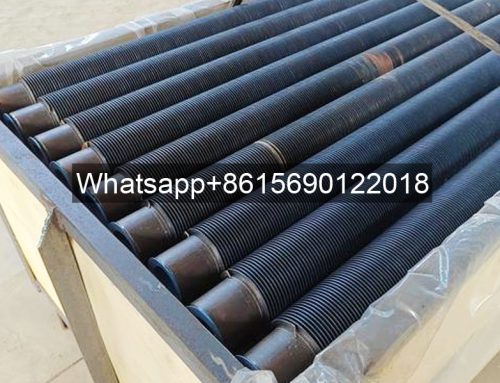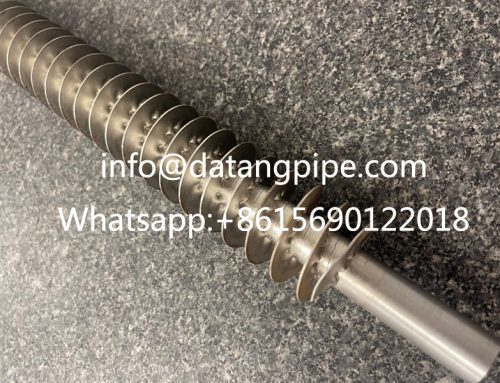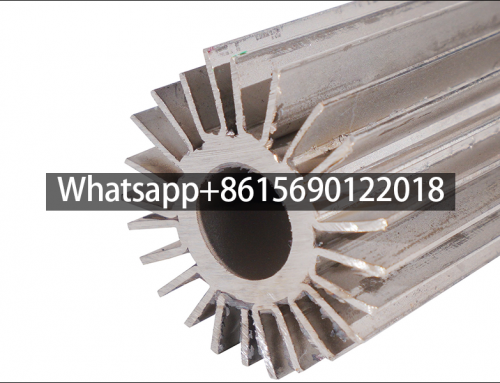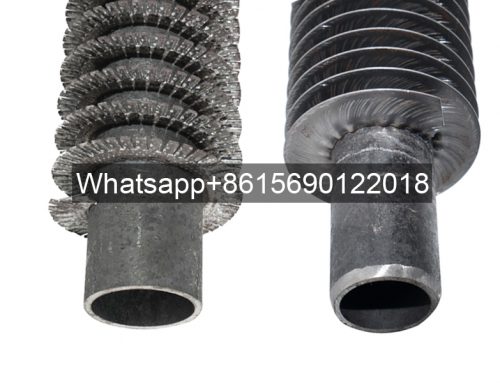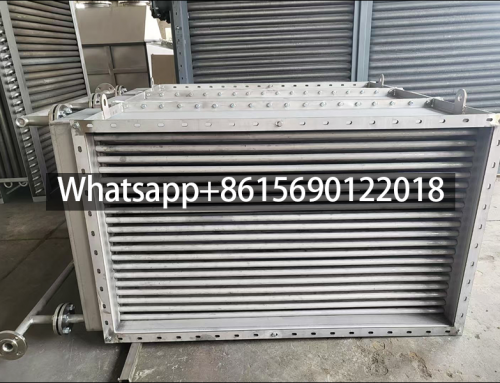Copper Low Integral Fin Tube For Air Conditioner
Copper Low Integral Fin Tube generally use mechanical processing to form fins of a certain height, a certain pitch, and a certain thickness on the outer surface of the light tube. Fin tubes are mostly used as heat exchange elements in condensers and evaporators of air conditioners, and low-fin tubes are often used in condensers.
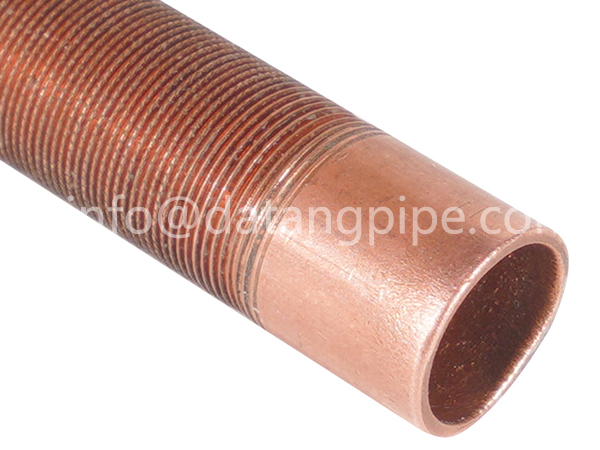
Copper Low Integral Fin Tube for condensers
It is composed of a light tube and fins “attached” to it. The structural parameters are mainly the inner diameter and outer diameter of the fin tube, the wall thickness of the fin tube, the fin pitch, the fin thickness and the fin height.
Copper Low Integral Finned Tubes mainly rely on ribbing outside the tube (ribbing coefficient is 2~3) to expand the heat transfer area. Compared with light tubes, they have a larger surface area with the same consumption of metal materials. From a visual perspective, it is the first enhancement of heat transfer, but in essence, the increase in heat transfer area also brings about an improvement in the heat transfer coefficient. The fins can peel off the flow layer on the heat transfer surface, increasing the disturbance on the heat transfer surface and improving it. The heat transfer effect strengthens the heat transfer twice. The main factors that affect the enhanced heat transfer of ribbed surfaces are fin height, fin thickness, fin spacing and the thermal conductivity of the fin material. In addition, since one side of the heat transfer wall is expanded into a fin surface, the convection heat transfer on the smooth side and the heat conduction of the base wall will have a certain impact on the total heat transfer. The fin spacing size of the low-fin tube needs to be determined based on the surface tension of the liquid and the shear force on the liquid film generated by the flow.
Practical applications have proven that Copper Low Integral Finned Tube also have excellent anti-fouling properties, because dirt often forms parallel scale flakes along the edge of the wave peak. As the temperature changes during operation, the tube will expand and contract, this “accordion” style The expansion and contraction effect will prevent the formation of dirt. On the light pipe, the dirt will form a layer of cylinder on the wall of the pipe, and there is no natural mechanism to prevent the formation of dirt. Due to the lower fins, the cleaning method and difficulty of low-fin tubes is exactly the same as that of plain tubes. In addition, Copper Low Integral Fin Tube are made of ordinary plain tubes as blanks and are made through simple rolling processing. Their mechanical strength and corrosion resistance are no less than those of the original plain tube blanks, which can fully ensure the long-term reliable operation of the heat exchanger.


